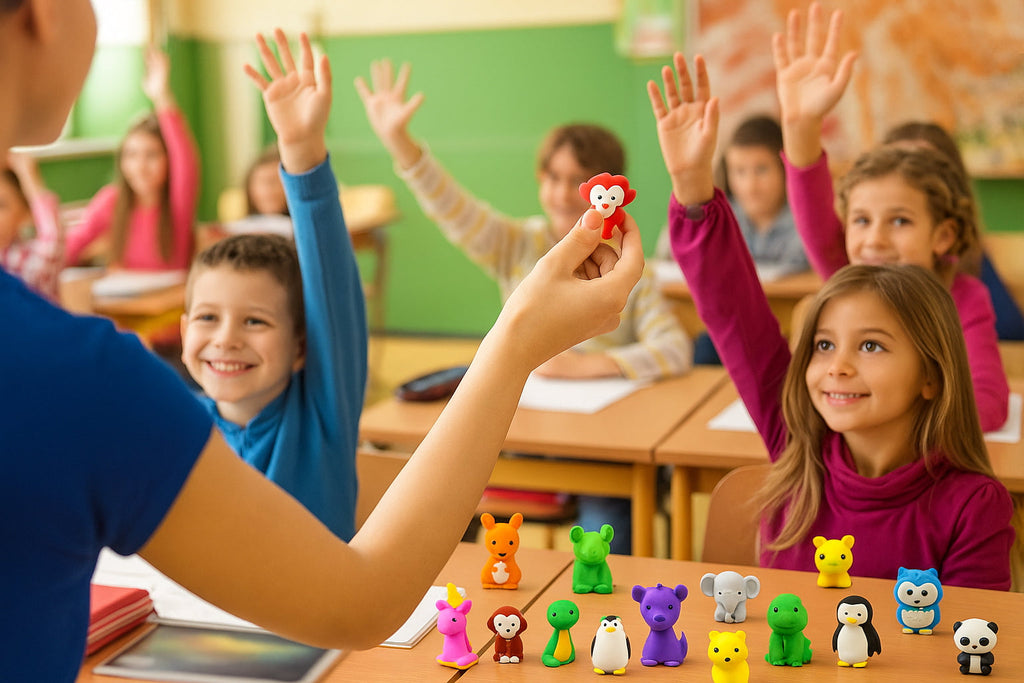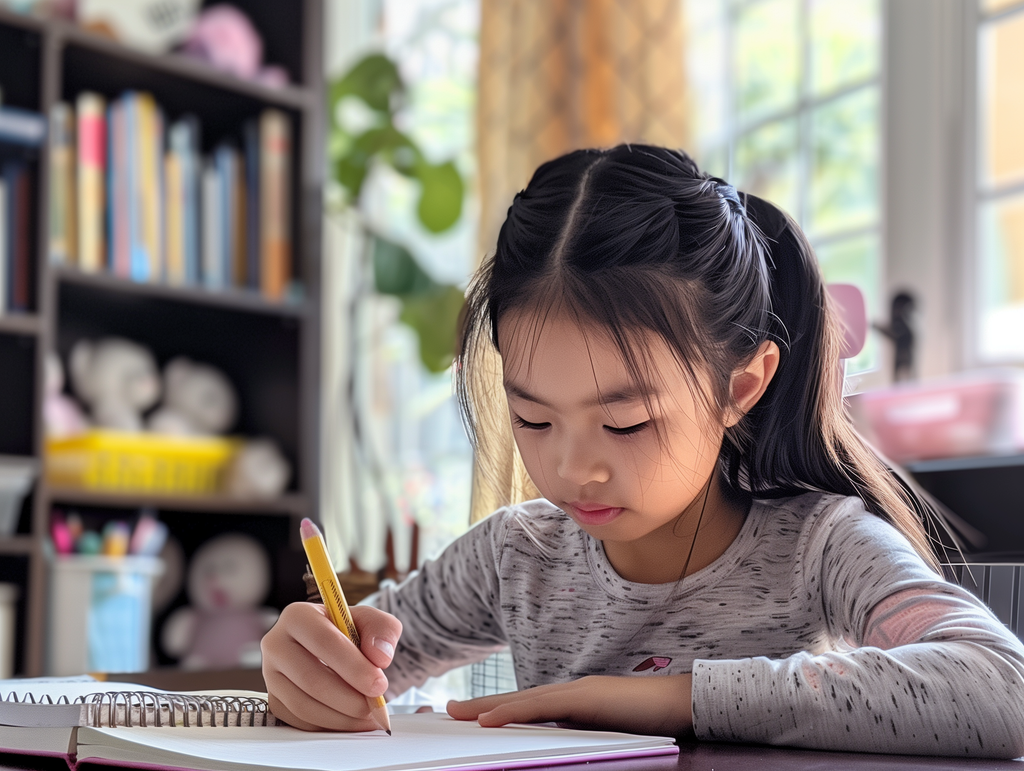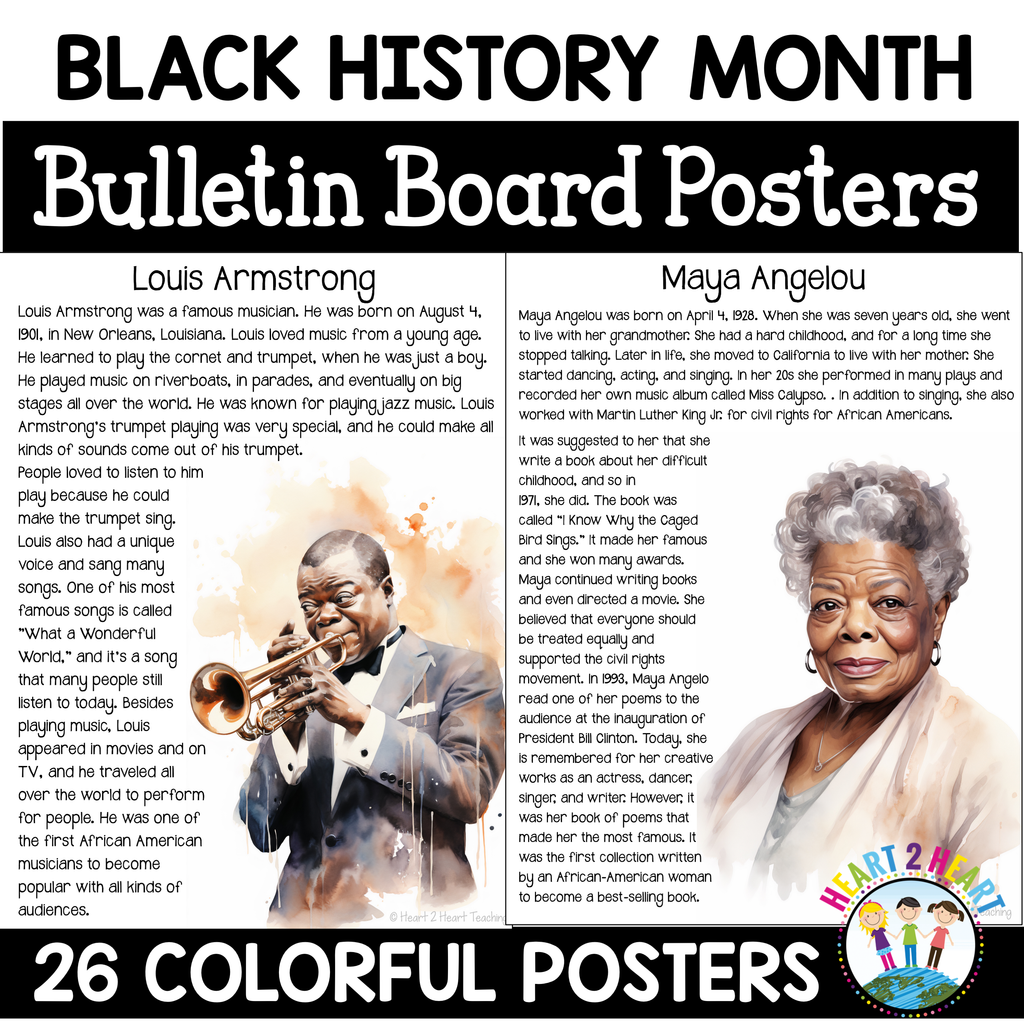Tax included. Shipping calculated at checkout.
News

Everything You Need to Start Using Desk Pets in Your Classroom This Year
Aug 02, 2025
Looking for a behavior management tool that your students will actually love? Enter: Desk Pets! These tiny animal erasers turn classroom routines into exciting opportunities for learning, responsibility, and fun. Desk pets are a big hit in K–3 classrooms (and honestly, older students love them too!). Each student adopts a mini eraser “desk pet” and earns Critter Cash to care for it—buying food, accessories, and even...

Give Your Child A Lifetime Love Of Learning With These Simple Strategies
May 02, 2024
In a world brimming with endless knowledge and opportunities, instilling a deep-seated love for learning in your children is a gift that keeps on giving. It's about opening doors to understanding, empathy, and boundless possibilities. This journey begins at home, with you leading the charge toward a future where your child not only seeks knowledge but thrives on it. In this article, courtesy of Heart...

Celebrating Black History Month In the Classroom
Jan 08, 2024
Every February, we dedicate a month to celebrating and acknowledging the rich and diverse history of Black Americans. Black History Month is not just a time for remembrance; it is a period to honor the remarkable contributions and significant achievements of black individuals throughout history. This year, we are taking a unique approach by celebrating 26 influential leaders in an interactive and engaging way. Meet...
